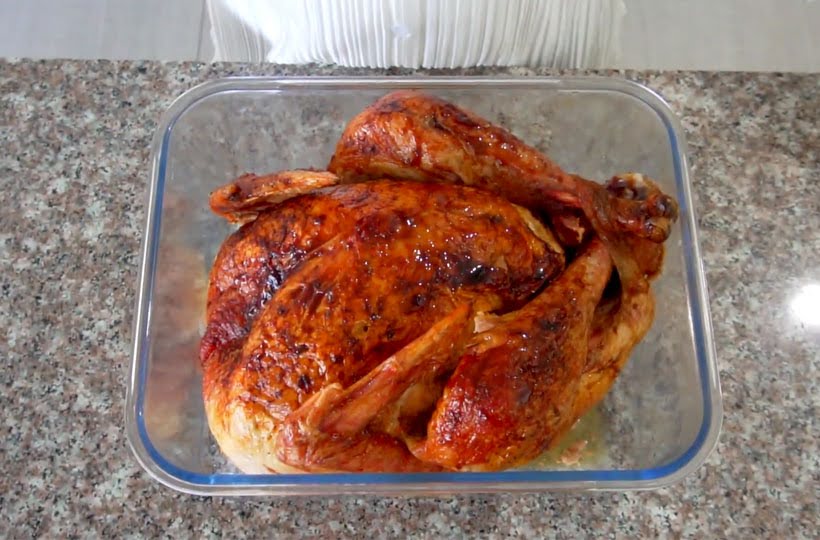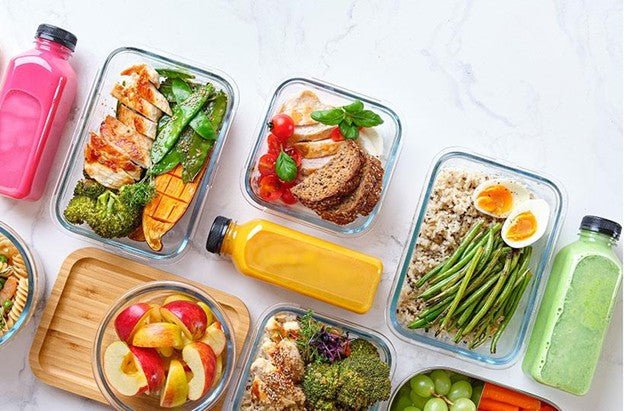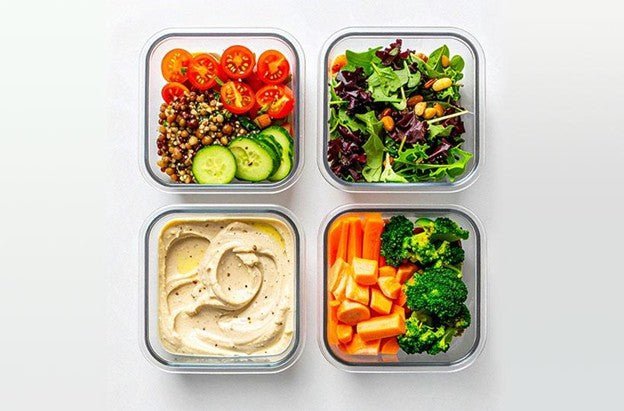How to Sharpen Kitchen Knives: Simple Yet Helpful Guide

Hey there kitchen lovers! You know sharp knives are super important, right? No more struggling with dull blades. Today let us read about how to sharpen kitchen knives the easy way. You'll learn why sharp knives matter, different tools, and a step-by-step guide. Subscribe for more kitchen tips and tricks and stay tuned to my blogs to know more such ideas.
Why Sharpen Your Knives?

Sharp knives make cooking smooth and safe. Dull knives are hard to use, slip, and can cause accidents. Sharp knives cut clean and precise, making the cooking process easier. A dull knife can hurt you and complicate your cooking experience.
Point to ponder:
How Often Should I Sharpen My Knives?
This depends on usage, but generally, a knife should be sharpened when it feels dull or every few months. Cooking a lot may require more frequent sharpening.
Types of Sharpening Tools
| Sharpening Tools | Significance |
|---|---|
| Manual sharpeners | Simple, cheap, and easy to use. Good for quick sharpening. |
| Electric sharpeners | Fast, easy but can be expensive. Good for busy kitchens. |
| Sharpening stones | Old concept, effective, and needs practice. Best for precision. |
Point to ponder:
Which Sharpening Tool is Best for Beginners?
Given its simplicity and safety, a manual pull-through knife sharpener is the perfect choice for novices. Alternatively, with practice, a sharpening stone (whetstone) offers better control and accuracy, improving performance.
“The knife is the most permanent, the most immortal, the most ingenious of all man’s creations” - Yevgeny Zamyatin
Step by Step Guide to Sharpening Knives

Preparation
-
Tools: Gather knife, sharpener (manual, electric, or stone), and a clean cloth.
- Safety: Be very careful! Watch your fingers and keep your grip firm.
Point to ponder:
Do I need to wear gloves when sharpening knives?
While sharpening a knife, gloves are not absolutely required. Still, it is advised to be careful. If you take great care, gloves are not absolutely necessary.
Sharpening with a Sharpening Stone

-
Select the right stone: Use coarse stone for very dull knives and a fine stone for regular sharpening.
- Technique: Hold knife at a 20-degree angle. Slide the knife across the stone at the same angle each time. Do one side and then follow with the other.
Point to ponder:
What grit should I use for a very dull knife?
It is recommended to use a coarse grit like 220. Then finish with fine grit for a smooth edge.
Using a Manual Sharpener

Instructions:
Let us now move towards easy and simple steps of using a manual knife sharpener. It is a simple two-step process, but you will have to repeat it until you feel that your knife is sharp again:
- Follow the manufacturer's instructions for your specific sharpener.
- Repeat until you achieve the desired sharpness.
|
Pros |
Cons |
|
Quick and efficient sharpening process |
Can wear down blades if used excessively |
|
Easy to use, even for beginners |
Limited control over the sharpening angle |
|
Consistent results with minimal effort |
May not be suitable for all types of knives |
|
Saves time compared to manual sharpening |
Requires electricity to operate |
|
Can restore dull knives to a sharp edge |
Higher upfront cost compared to manual options |
Point to ponder:
Are electric sharpeners safe for high-quality knives?
Yes, electric sharpeners are safe for high-quality knives, but use them gently and don’t overdo the sharpening.
Maintenance Tips for Sharp Knives
Sharp knives are a haven in the kitchen world. They are expensive and precious. However, maintaining them is not only necessary but also an art. Here are some simple tips to maintain sharp knives:
Honing vs. Sharpening
-
Differences: Honing aligns the blade and keeps it sharp, while sharpening removes metal, creating new edges.
- When to use: Hone the knife often and sharpen less. Hone after a few uses and sharpen every few months.
Point to ponder:
How often should I hone my knives?
You should hone after every few uses to keep the edge straight and sharp.
Proper Knife Storage

Options: Below are some options for placing or storing knives:
- Knife blocks
- Magnetic strips
- Inside drawer holders
Tips: Do not put sharp knives in loose drawers! Keep knives safe and separate.
Point to ponder:
What is the best way to store my knives to keep them sharp?
Keep your knives in a knife block or on a magnetic strip if you want them sharp. Above all, preserve the edge.
Daily Knife Care

-
Cleaning: Hand wash with mild soap and dry immediately.
- What to Avoid: No dishwasher, as it can dull the blade quickly.
Point to ponder:
Can dishwashers dull my knives?
Yes, they can. So it's a big no-no for dishwashers. Hand wash only.
 How to clean a knife after it has made your day in the kitchen? Read More
How to clean a knife after it has made your day in the kitchen? Read More
Troubleshooting Common Problems
You might face some common problems regarding your sharp knives. Let us check how to overcome them without damaging yourself or the surroundings:
Uneven Edges
- Fixing: Sharpen until the edge is even. Check angle and pressure.
Point to ponder:
What causes an uneven edge after sharpening?
Common causes include inconsistent sharpening and incorrect angles. Practice makes perfect, so try it on dull, cheap knives before sharpening high-quality kitchen knives.
Chips and Nicks
- Repair: Use a coarse stone first, then a fine one. Sharpen until smooth.
Point to ponder:

Can I sharpen a chipped knife, or do I need a professional?
Yes, you can, but it may take time and much practice. For big chips, it is recommended to see a professional.
Blade Discoloration
It happens when the knife isn't cleaned or dried properly. You will find rusting and discoloration.
- Solutions: Clean with baking soda and water. Sometimes, steel wool helps.

Point to ponder:
Is discoloration a sign of a dull knife?
No, not always and not necessarily. It can be dirty and yet not dull.
Recapitulating
Sharp knives are not unsafe. Yes, they sound scary, but if handled with care, they can be your best friend in the kitchen. They make cooking very easy. Use the right tools, follow the proper care and maintenance tips, and maintain well. Share this blog with your loved ones who have recently started their kitchen journey and you believe might get some necessary tips from the blog. Also, follow us on social media and read more kitchen tips!






Leave a comment